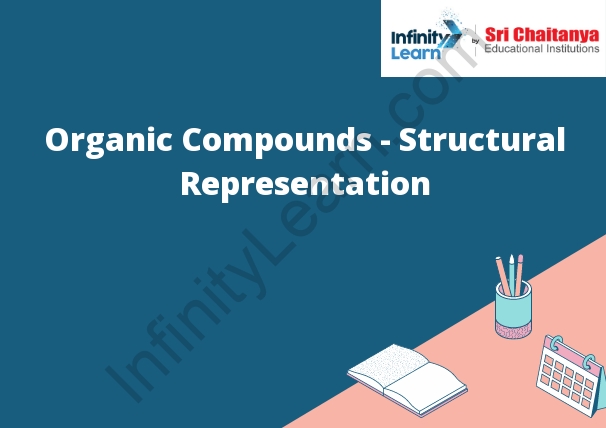Table of Contents
Decoding the Structural Representation of Organic Compounds ; Organic Compounds Structural Formulas ;
An organic compound is a molecule consisting of carbon and hydrogen atoms. The atoms are joined together by covalent bonds. The structural formula of an organic compound is a schematic representation of the molecule, showing the arrangement of the atoms in space. The structural formula consists of a skeleton diagram of the molecule, with the carbon atoms represented by squares and the hydrogen atoms represented by circles. The covalent bonds are represented by lines connecting the atoms.
The structural formula of an organic compound can be decoded to give the names of the atoms and the covalent bonds. The carbon atoms are numbered in sequence, starting with the atom at the left of the skeleton diagram. The hydrogen atoms are not numbered. The covalent bonds are numbered in order, starting with the bond at the left of the skeleton diagram.
The structural formula of an organic compound can also be used to predict the properties of the molecule. The shape of the molecule can be determined from the skeletal diagram. The polarity of the molecule can be determined from the number of polar and nonpolar covalent bonds. The reactivity of the molecule can be determined from the number of reactive and inert bonds.

What is an Organic Compound?
An organic compound is a compound that contains carbon. Organic compounds are found in all living things and are the basis for all life processes.
Structural Representation of Organic Compounds:
Organic molecules are typically represented in two dimensions by a line drawing, which uses standard chemical notation to indicate the connectivity of the atoms within the molecule. In three dimensions, organic molecules are typically represented by a ball-and-stick model, which uses the same notation to indicate the connectivity of the atoms within the molecule.
Complete Structural Formula:
The complete structural formula for caffeine is C8H10N4O2. This molecule has a molecular weight of 194.19 g/mol. Caffeine is a white, crystalline powder that is soluble in water and slightly soluble in ethanol. It has a slightly bitter taste and a characteristic odor.
Condensed Structural Formula:
The condensed structural formula for ethanol is:
CH 3 CH 2 OH
Bond Line Structural Formula:
CH=CH-CH-
The bond line structural formula for ethane is shown above.









